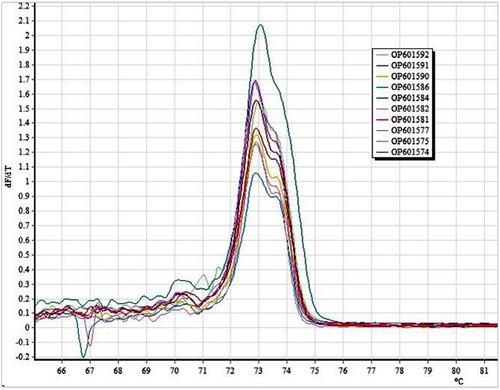Characteristics of Candida albicans Derived From HIV-Positive Individuals With Oral Candidiasis: Genotyping, Phenotypic Variation, Antifungal Susceptibility, and Biofilm Formation
Abstract
Background
Oral candidiasis (OC) is one of the most common mucosal infections in those afflicted with HIV/AIDS. This study aimed to provide detailed information on the phenotype, genotype, antifungal susceptibility, and biofilm formation ability of oral Candida albicans isolated from HIV-infected patients with OC.
Methods
A total of 25 C. albicans isolates were collected from oral lesions of HIV-infected patients referred to Behavioral Diseases Counseling Center affiliated with Ahvaz Jundishapur University of Medical Sciences, Iran. The antifungal susceptibility testing was done according to CLSI M27 guideline (fourth edition). The crystal violet method was used to evaluate the biofilm formation ability of isolates. Different phenotypes were identified on yeast extract-peptone-dextrose agar medium supplemented with phloxine B. Genotyping analysis of the isolates was performed using high-resolution melting (HRM) assays and ABC genotyping.
Results
The highest and lowest susceptibility of the C. albicans isolates was found for fluconazole 24 (96%) and ITC 18 (72%), respectively. Forty-eight percent of the isolates had high biofilm formation ability and exhibited gray cell type. The most common genotype was genotype B (52%). HRM analysis of HIS3, EF3, and CDC3 markers showed three, four, and five different groups, respectively.
Conclusion
Investigating the phenotype, antifungal susceptibility and biofilm formation ability of the C. albicans isolates obtained from oral lesions of HIV-infected patients revealed that the dominant genotypes in the current research could cause more serious infections from the oral source. We recommend further research with a larger sample size to determine the molecular epidemiology of C. albicans among HIV patients in Iran.


 求助内容:
求助内容: 应助结果提醒方式:
应助结果提醒方式:


